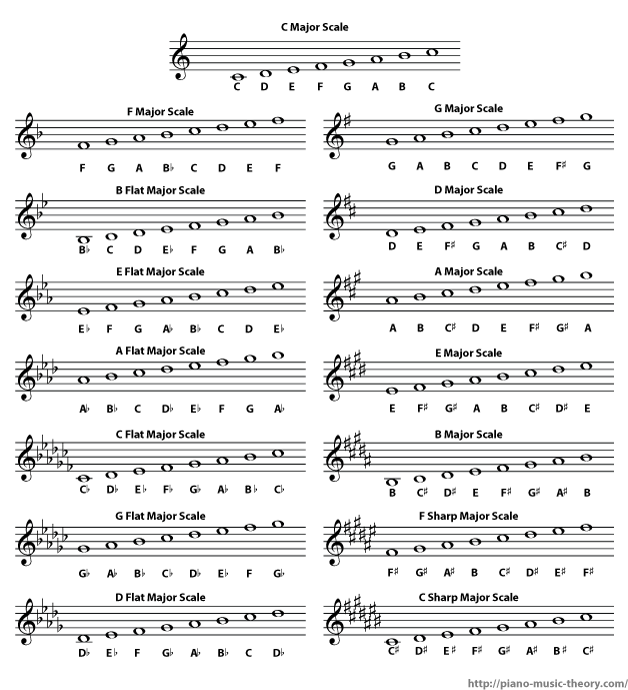At first glance, measures with either a 6/8 or 3/4 time signature could be filled with six eighth notes (see figure below), so how are the two different in terms of music theory, and do we need to approach them any differently in our playing?
The Violin Geek Blog Tips, insight, and inspiration since 2007.
Welcome! I'm glad you found me and I hope you'll enjoy my musings, tips, updates, and insights.
Please use the search bar below to sort posts by category or keyword. If you're enjoying a topic, you can also click categories listed below, or the tags listed at the top of a post to organize a new list of posts with the same categories and/or tags. Happy reading!
- christmas music
- encouragement
- fitness
- gear review
- improvisation
- insight
- inspiration
- instrument tips
- interview
- intonation
- music
- music business
- musician tips
- music theory
- new album
- new music
- online lessons
- pedogogy
- performance tips
- practice tips
- recording tips
- repertoire
- stories
- student tips
- teaching tips
- technique tips
- update
- visualization
Category: music theory
When we first start playing, key signatures, those "hashtag," "pound sign," or baby "b" looking symbols to the right of the clef sign in our sheet music, might seem intimidating or even antiquated. After all, we probably ...
If you are new to music theory and ever wondered what a scale is, or, maybe what are the types, how do we figure out how to play them, and why do we have different ones, this is the podcast for you. I share everything you need to know about scales ...
Please email me at laurel@laurelthomsen.com if you have a violin, viola, fiddle, music biz, or practice related question you’d like answered in the blog or on a podcast, have a story or insight to share, or if you’d like to inquire about violin, viola, or fiddle lessons with me, in-person or online via Skype, FaceTime, or Zoom.
The Violin Geek Blog is a free resource and always will be. We also don't sell advertising, meaning that everything you read has been a labor of love. If you'd like to support my efforts and help ensure they continue, please consider making a donation. Thanks for your support!




